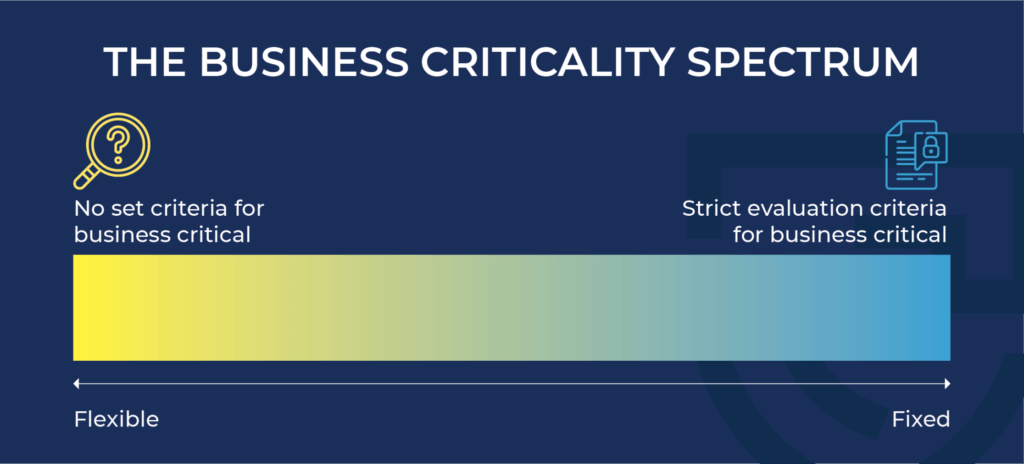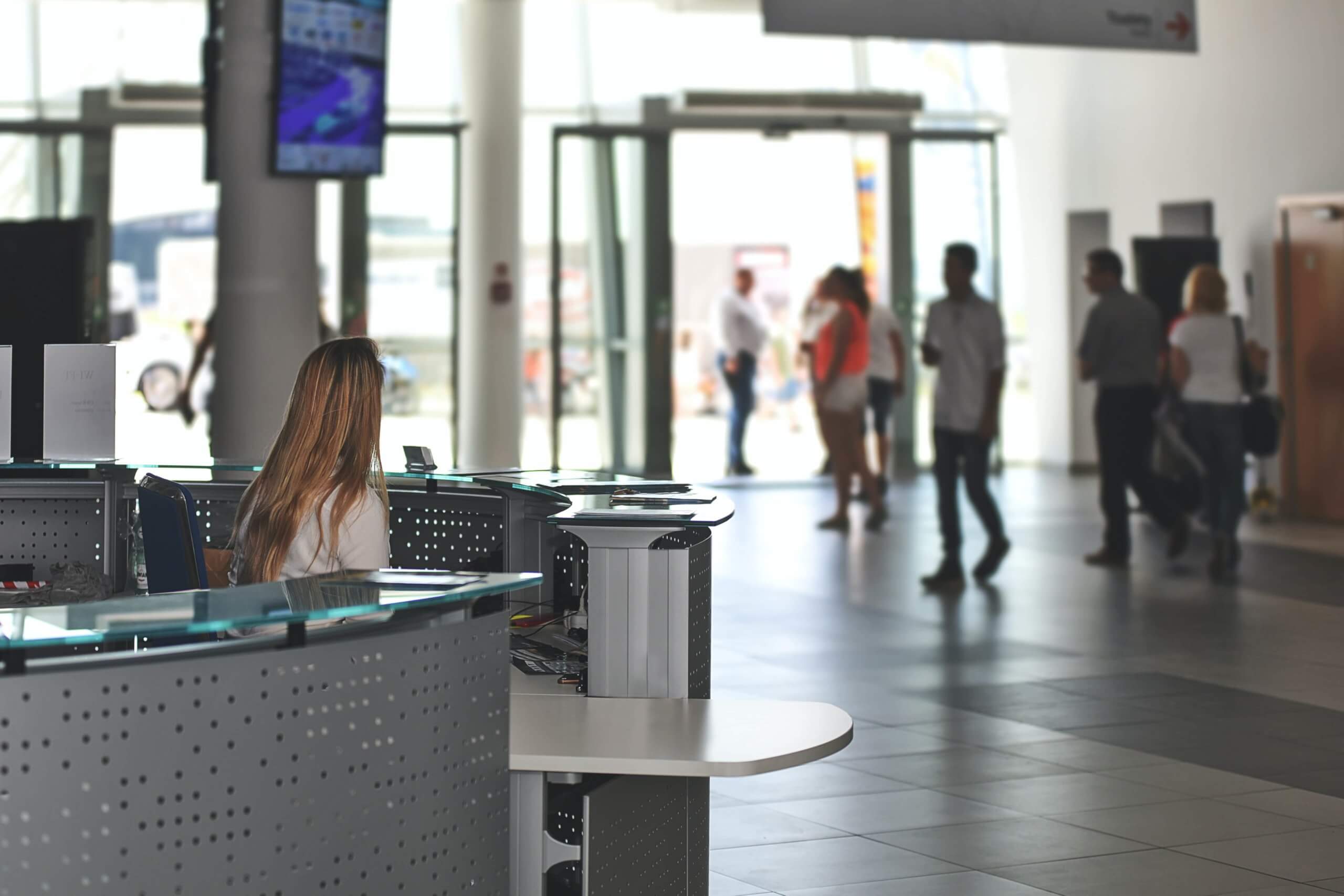
“Only business critical travel will be approved”. You might recognize this policy, as it is one many companies have implemented to restrict international travel due to the pandemic.
However, this important benchmark is often very loosely defined. What does business critical mean? How can we tell if a trip is business critical?
Defining business critical is an issue that pre-dates the COVID-19 pandemic. But our current situation has highlighted the need for us to consider our approach. Leaving the term ‘business critical’ undefined allows for different interpretations by different teams. Each team will have their own view on what travel has to happen to keep things running. Individual managers will even have their own perspective on what is a critical activity or meeting.
Now travel security managers must grapple with this new challenge. They are finding themselves the guardians of a policy stating that travel can only happen if it is business critical. But if there is uncertainty and disagreement about what that means, then implementing this policy can be an impossible task.
The Business Criticality spectrum
What is business critical for one company, will not be for another. The destination and the traveler’s profile will always play a role in balancing the risk vs. necessity of a trip. But what does critical mean in terms of a company’s own operations and priorities? I think organizations need to take a step back and evaluate how they currently approach this, and if it actually works well. In my experience, ways of making this decision tend to fall on a spectrum.

At the flexible end of the spectrum, a vague guiding statement is used. This statement aims to help employees frame a conversation of whether a trip is feasible or not. The choice is wholly subjective, based on individual perspectives.
At the fixed end, a set of strict criteria is established. A company’s strategy, markets, internal structure and operating environment determines what travel is business critical. There is less room for different interpretations between teams and managers, and the whole company is aligned.
What determines the best approach
So how can companies evaluate their current approach to ensure it’s aligned with their goals and strategy? I think there are a few key factors to consider.
Risk Appetite
When a company is comfortable with taking risks, a looser definition allows teams their own discretion to make decisions that suit them. Risk averse companies with strong risk management controls benefit from clear-cut and well-defined criteria. This means gathering input from stakeholders. Then you are able to actually work those criteria out and set them up for the future beyond the pandemic.
Company Structure
Flexible systems work well in organizations with decentralized decision-making. Here, employees and teams are empowered to make their own business decisions. In smaller organizations with relatively fewer trips, top managers typically have the final word on all travel so strict definitions might not be necessary. A more rigid approach is better suited to companies with centralized decision-making and standardized policies.
Company Culture
In many organizations, company culture is more influential than formal policies. Often, what is considered critical typically depends on what a manager approves. When everyone is aligned to company-wide priorities and there is close collaboration across teams, then perspectives on what is business critical will be similar. Here, looser definitions may work. In companies where this is not the case, a loose definition can quickly become meaningless and unenforceable.
Experience and Network
How has the company approached travel previously? What is their previous experience with different destinations? A travel advisory alert for a certain location could mean the cancellation of trips for one company, but no change for another. This comes down to the company’s network of resources and travel experience. Some have an extensive resource network that offers resiliency and experience making decisions about business-critical travel. This allows for more flexibility as companies have support in place.
I’d love to hear your thoughts on how you are tackling this issue, and if you have been through the process of setting criteria. How have you approached deciding what travel is business critical in your company?


